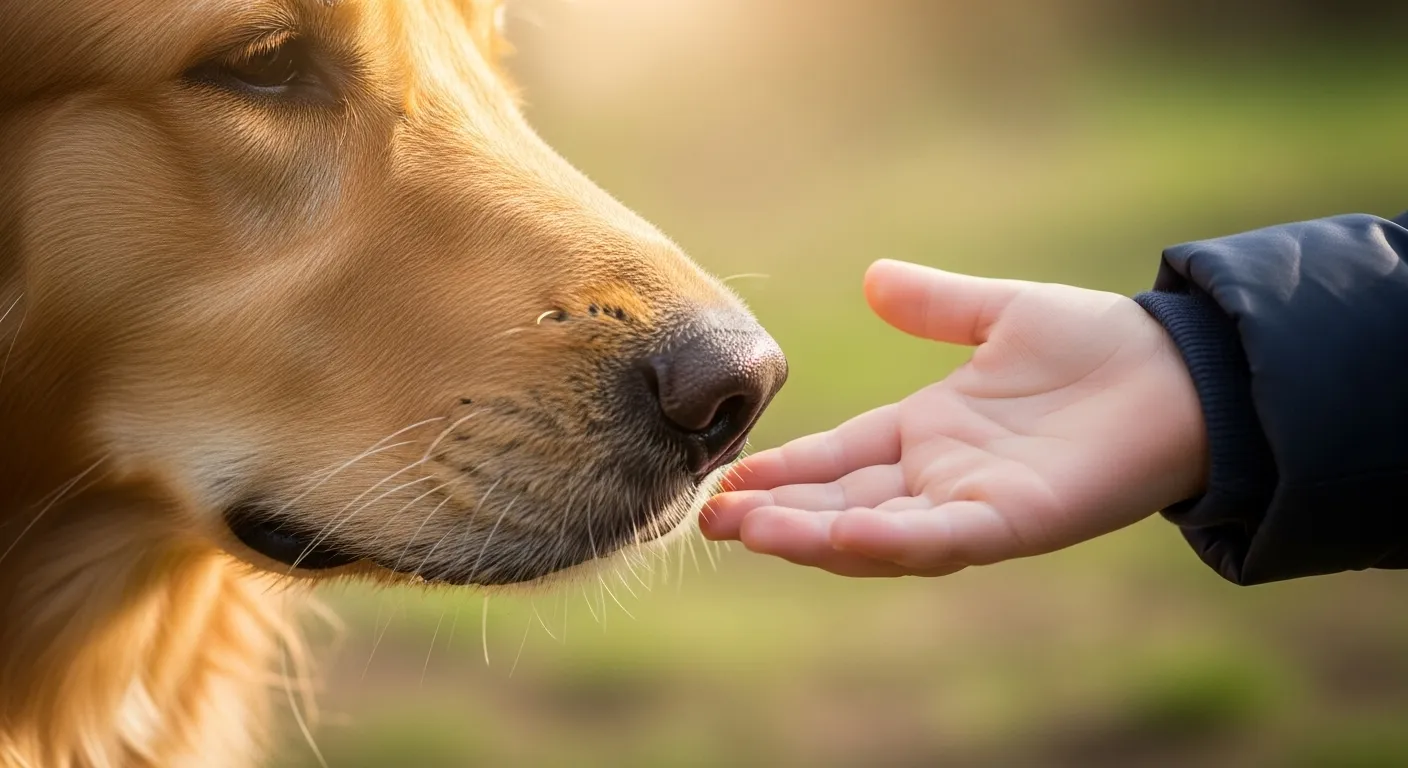
There’s a quiet magic that unfolds when a pet enters our lives. It’s in the soft nudge of a wet nose against a hand, the rumbling purr of a cat curled on a lap, or the joyful, full-body wag of a dog greeting us at the door. For many animal lovers, this connection feels as profound and meaningful as any human relationship. It’s a feeling that goes beyond simple companionship; it’s a deep, unspoken partnership we call the human-animal bond.
But what is this powerful force? Is it just a one-way street of affection from us to them? Or is there something more complex happening beneath the surface? The truth is, the love we feel for our pets is rooted in a fascinating mix of biology, psychology, and shared experience. This bond isn’t just in our heads; it’s a measurable, physiological phenomenon that benefits both parties.
Understanding this connection helps us become better caregivers. It allows us to meet our pets’ needs with more empathy, build trust through humane communication, and appreciate the incredible gift they give us every day. Whether you’re a lifelong pet owner or simply curious about why we cherish our animal friends so much, this guide will explore the science and soul behind one of life’s most rewarding relationships.














